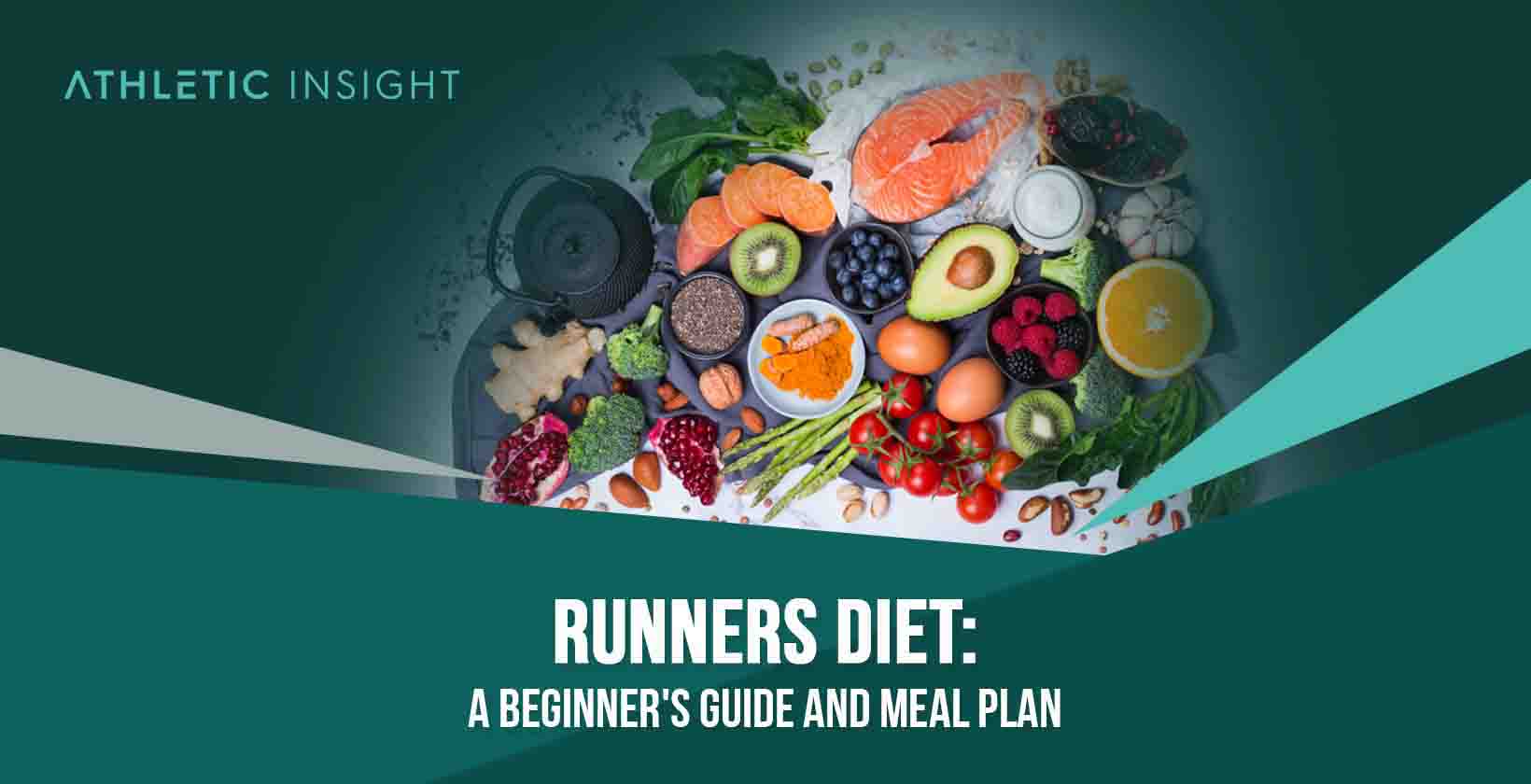 s Guide and Meal Plan" width="1640" height="840" />
s Guide and Meal Plan" width="1640" height="840" /> s Guide and Meal Plan" width="1640" height="840" />
s Guide and Meal Plan" width="1640" height="840" />
Running is a popular form of exercise that requires a combination of physical endurance and mental determination. For runners to perform at their best, it’s not just about training hard, but also about fueling the body with the right nutrients.
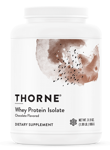
Best Supplements
Best Rated Supplements
NSF Certified & Tested
Supports Overall Health
Get 25% OFF, Forever!
*Fill out the contact form for your special discount.
The runner’s diet is a diet made specifically for marathon runners and is important for supplementing a constant flow of energy during long periods of physical activity. It’s perfect for weight loss and is an overall well-balanced diet that doesn’t leave anything out.
In this article, the specifics of the runner’s diet will be discussed, such as its many benefits, and how it works to support optimal running performance.
The Runner’s Diet is a well-balanced diet full of dietary fats, carbohydrates, lean proteins, fruits, and vegetables. The Runner’s Diet cuts out unhealthy fats and artificial sugars in exchange for natural alternatives.
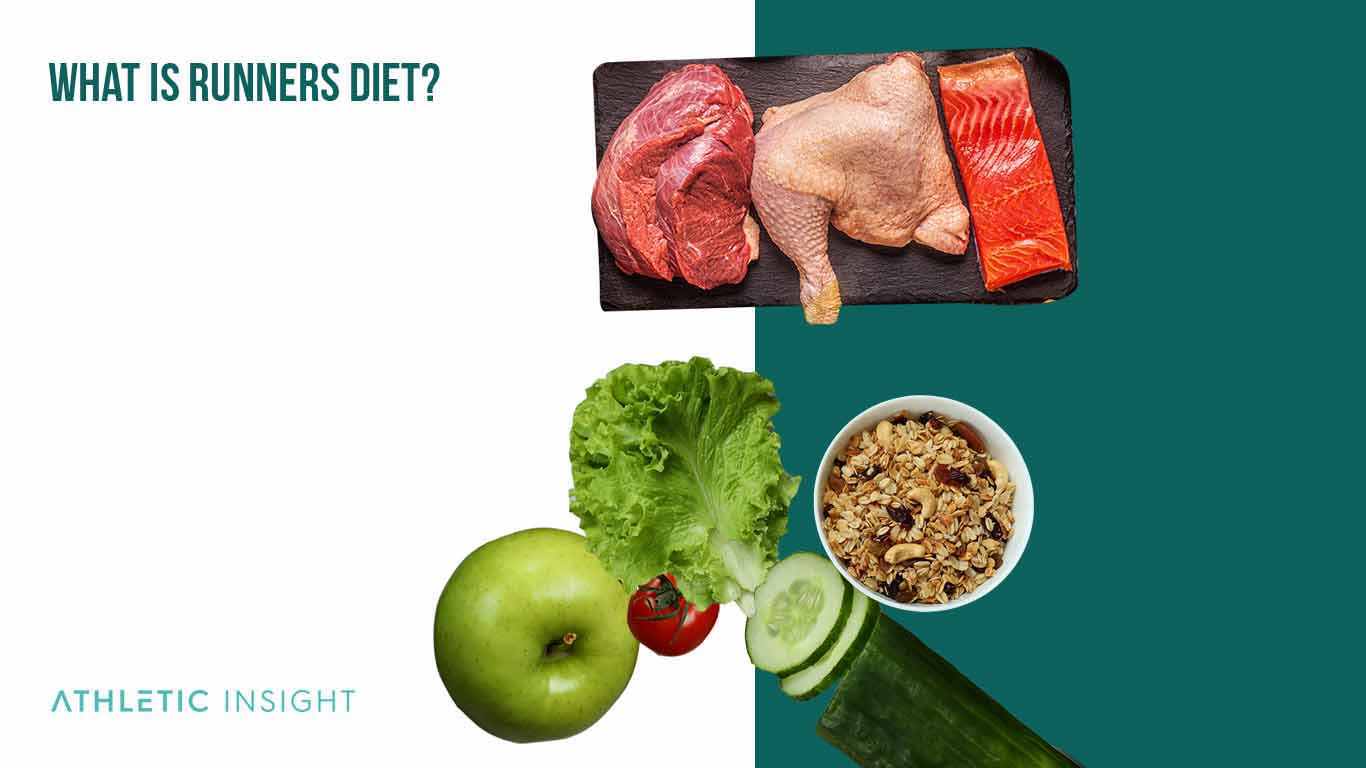
While the Runner’s Diet is far from a dirty bulk, you shouldn’t starve yourself either. Getting enough carbs to keep you going for long distances is essential to optimizing your abilities as a runner and ensuring you stay energized. While the Runner’s Diet is a diet plan geared towards runners, anyone can benefit from it if followed correctly.
The runner’s diet centers itself around medium to high carbohydrate intake. Carbs are fast-acting sources of energy your body needs while running long distances. The primary carbohydrate type you’ll use during exercise is sugar, or most specifically, glucose (your blood sugar).
Glucose supplies muscles with the energy to contract and move through facilitated diffusion. Ensuring that you stock up on glucose well before a race is crucial for maintaining endurance.
Of course, eating high glycemic food like bread, pasta, and sugary drinks have shown to deteriorate performance in athletes when consumed before intense exercise. Those foods are high in carbs, but it turns out your body can’t digest them effectively enough to provide better energy output.
So what do you eat right before a race, then? Fructose. As studies show, glucose ingested with fructose exponentially improves athletic performance during exercise as they are metabolized much quicker. That means eating foods high in both fructose and glucose, such as fruits, certain energy bars, honey, oatmeal, and vegetables.
That’s the gist of what to eat before running, but it’s also essential to get a healthy intake of protein, fats, and minerals to balance everything out. The following sections will outline the exact macro and micronutrients of the runner’s diet.
According to the National Academy of Sciences, the recommended macronutrient intake for adults are listed down below.
As discussed in the previous section, carbs are essential for making this diet work and comprise most of it. Eating them before and after strenuous exercise is the best way to utilize their energy-replenishing properties, which can be obtained from various fruits and veggies.
Healthy, unsaturated fats like fish and avocados should absolutely be consumed, though, in moderation. These fats help keep your blood pressure in check and increase the uptake of oxygen, and they should be eaten during light workout days and rest periods.
Fats can provide energy to your body if eaten before heavy exercise, but with diminishing returns. It’s best to avoid them right before a marathon or hard workout.
Finally, proteins are incredibly important because they help your body rebuild itself and recover. They create stronger muscle fibers when eaten after exercise and are fundamental for a variety of other body functions.
Like fats, excessive protein shouldn’t be eaten right before running as it’ll ultimately slow you down. You’ll have to experiment to find a balance that suits you, but here’s a general rule of thumb.
For larger body types, focus on proteins over fats (though you should still consume them). Likewise, people with smaller bodies should eat more healthy fats in addition to protein. Your carb intake should be based on how much and often you run.
The micronutrients necessary for a runner’s diet are already conveniently packed in all the fruits and veggies required. As with any diet, they’re necessary for keeping your body healthy and full of energy.
Four especially important micronutrients to pay attention to are iron, iodine, vitamin E, and calcium. B12s, omega-3 fatty acids, and other vitamins are also crucial for your body to function at maximum capacity.
While you don’t need to worry about taking supplements to get your micronutrients (unless you have a medical condition), it’s still upon you to diversify your foods enough to make sure you’re getting everything you need.
The runner’s diet is a well-balanced diet that provides all the nutrients you need so that you’re constantly full of energy.
In addition to weight loss, the runner’s diet excels at maintaining cardiovascular health and preventing various diseases. This diet is especially good for older people as it reduces risk factors and allows them to exercise more efficiently.
In short, the benefits of a runner’s diet can be summed up by the key points listed below.
While the runner’s diet is a rounded source of nutrition, there are a few health risks to keep in mind before you start one.
If you eat a runner’s diet but don’t run, you’re consuming high quantities of glucose that your body won’t use. Getting too much glucose can cause various health problems, most commonly type 2 diabetes.
Additionally, it’s not suited for weight lifting or strength training as it doesn’t provide enough protein to accommodate the muscle strain and can lead to severe injury.
Only use a runner’s diet for endurance-based athletics, marathons, running, and other similar activities. Before starting the runner’s diet, it’s always a good idea to consult your doctor about any health concerns or risk factors.
Starting the runner’s diet is simple and consists of three steps which are listed below. A key takeaway is to eat around 2800 to 3500 calories (could be more or less for more extreme cases) based on body weight, calories burnt, and exercise habits.
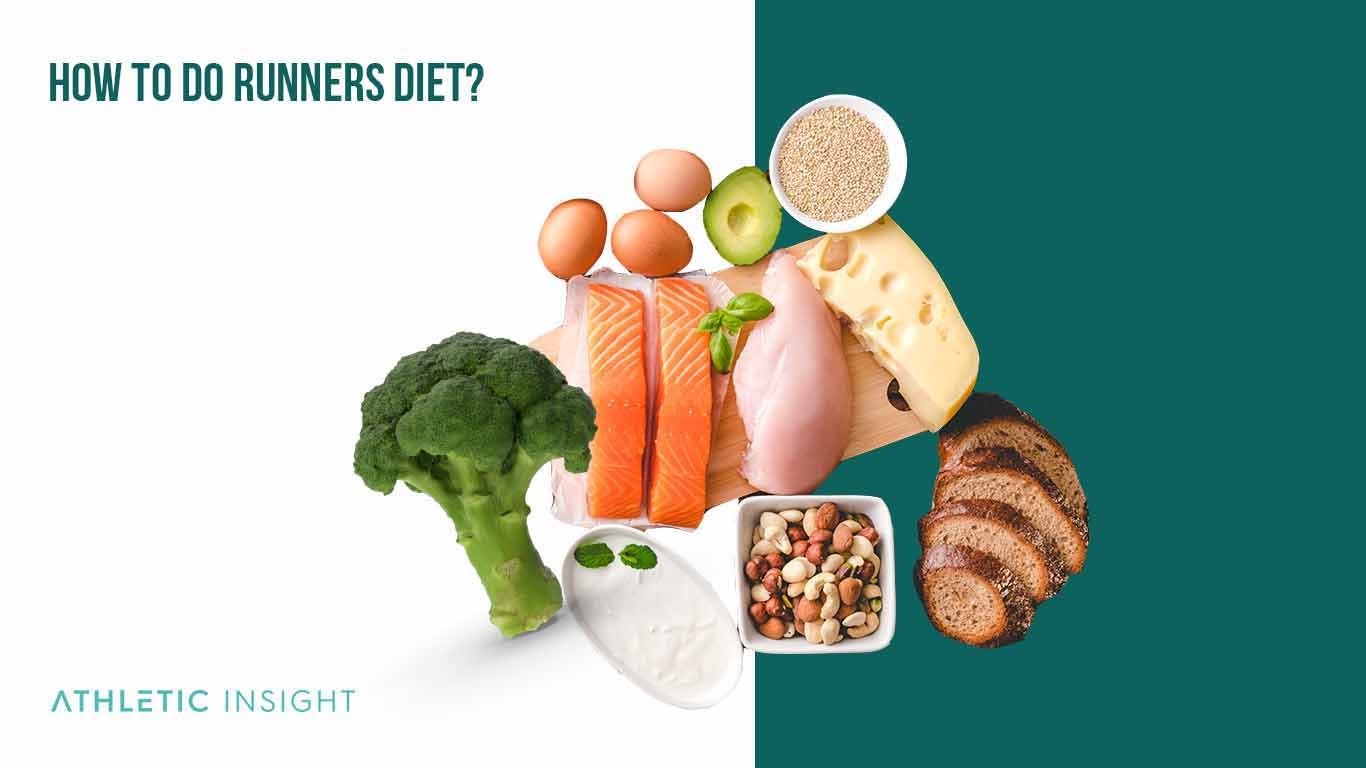
Also, it is important to work your way up to an 8-week time frame of the runner’s diet, so progress slowly and work your way up to it. Here are the steps to follow if you are looking to do a Runner’s Diet.
Various sources and experts around the web agree you should intake around 20 calories per pound of body weight on days you do strenuous exercise. That means if you weigh 160 pounds, your calorie intake will be roughly 3200 for that day.
This, of course, is just a general outline. A competitive marathon runner who plans on running for 4 hours at an 8 mph pace will burn over 4000 calories from running. When combined with the calories naturally burned throughout the day, this number can reach over 5000 calories burnt, meaning they’ll run out of energy pretty quickly if they don’t eat enough calories.
The same can be said for those who run less or burn fewer calories. You don’t have to be exact, but it’s smart to do rough estimations and adjust your intake accordingly.
While the runner’s diet is moderately healthy, the high glucose intake means you probably shouldn’t base your entire life’s diet on it. Still, you’ll want to reap the full benefits of it and do it for long enough to improve your endurance.
Additionally, it’s tough cutting out unhealthy foods cold turkey if you’re a new runner. It’s most effective to start off small with 1 to 2-week intervals of doing a runner’s diet and eventually work your way up to an 8-week period to maximize performance.
Starting the runner’s diet 8 weeks before a marathon or race will give you plenty of time to adequately train and perform the best you can on game day.
You can’t go from 0 to 100 in an instant. Start small with moderate-intensity workouts and short intervals of the runner’s diet. Weight loss will come naturally over time, and it’s essential to take things at your own pace to avoid any injuries or health conditions.
The following are some of the best foods you can eat on a runner’s diet.
Out of all the foods listed, there are a few you should pay special attention to since they’re paramount to the runner’s diet.
Below are the worst foods you should avoid while on a runner’s diet.
These foods should be avoided because they interfere with your body’s glucose absorption and slow down metabolic processes. While you don’t have to cut them out of your diet completely, they should be eaten as little as possible for the best effect (ideally, you don’t eat them at all).
People who should do the runner diet are primarily runners and endurance-based athletes. Due to the high carb intake, it’s only healthy if you exercise for long periods and necessitate large quantities of calories.
There are other exceptions for people who might do a runner’s diet who don’t run excessively, mainly diabetics who require large quantities of glucose to regulate their blood sugar. In this instance, the runner’s diet is a healthy solution to chronic disease.
Otherwise, you shouldn’t do a runner’s diet if you live a lethargic lifestyle, are a bodybuilder/weightlifter, or don’t run enough to burn thousands of calories daily.
You should break the timing of your meals into three categories: before running, during running, and after running.
The following are some recipe ideas you can eat while on the runner’s diet plan.
The runner’s diet plan can be separated into four separate categories which include breakfast, lunch, snack and dinner.
There are many facts about the Runner’s Diet to consider such as cost, impact on weight, side effects, results and benefits.
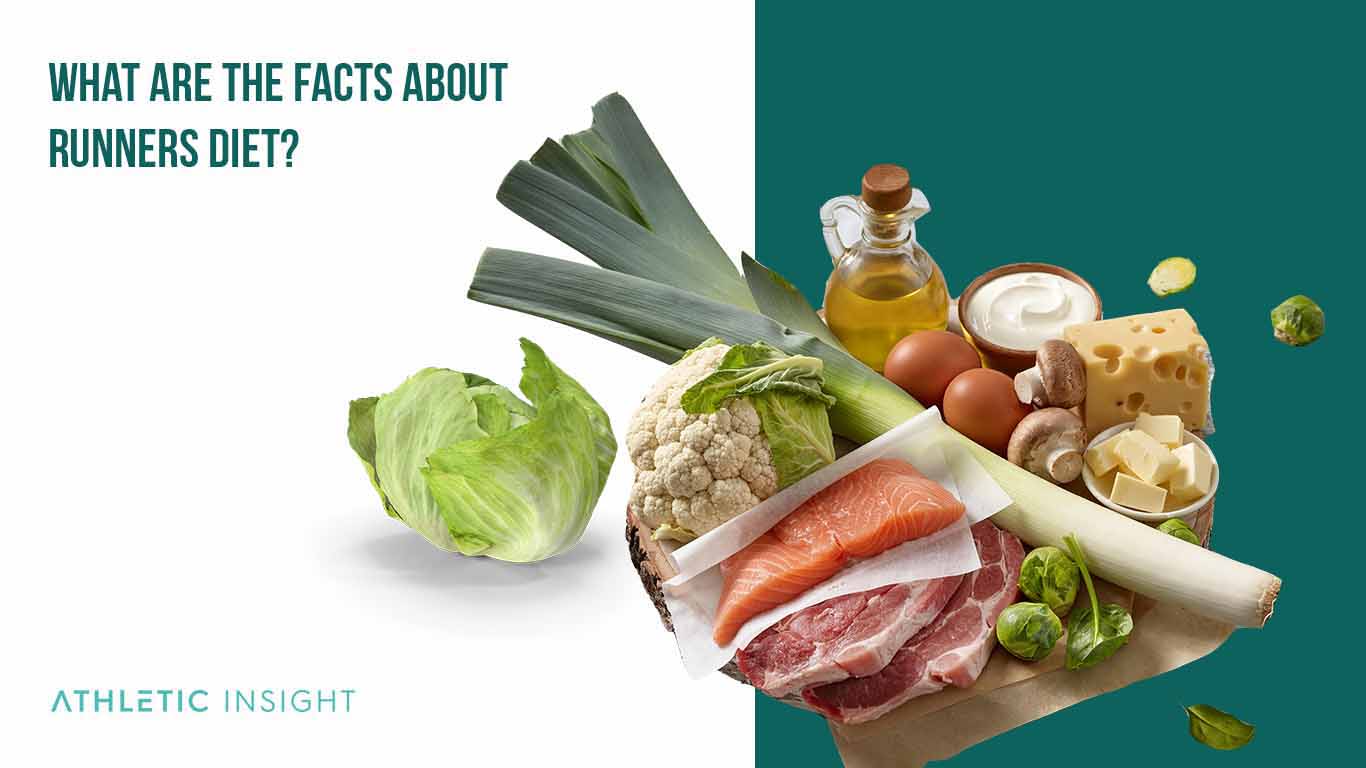
While the Runner’s diet prioritizes lean protein and healthy sources of carbohydrates, it is important not to cut out all fats. Fats that are naturally low in saturated fat and cholesterol should be the focus, but only in amounts that do not exceed the recommended threshold.
While the Ketogenic diet uses fat as a source of fuel through ketosis, the Runner’s diet uses carbohydrates for fuel.
Yes, the runner’s diet is a healthy diet for runners. It provides the essential vitamins and minerals to maintain a well-balanced diet but focuses too much on carbs for someone who doesn’t exercise enough.
Yes and no, the runner’s diet can be as expensive or cheap as you make it out to be. Since this diet isn’t overly restrictive in what you can eat, you have a wide variety of options to choose from and can buy foods based on your budget.